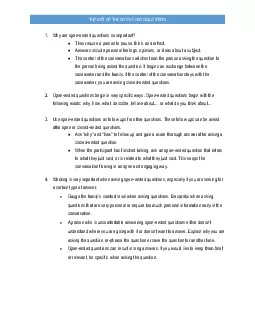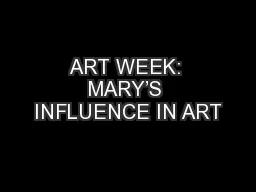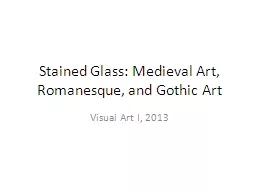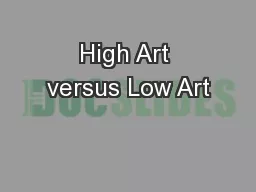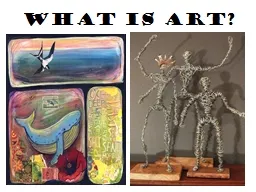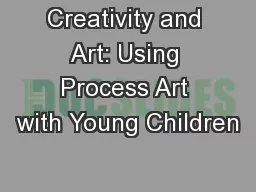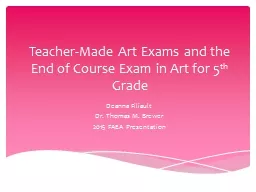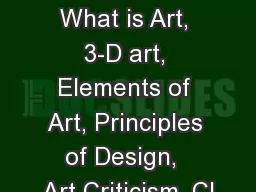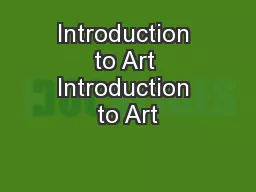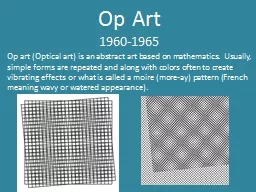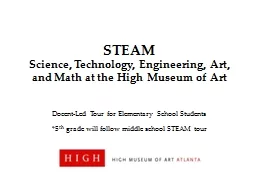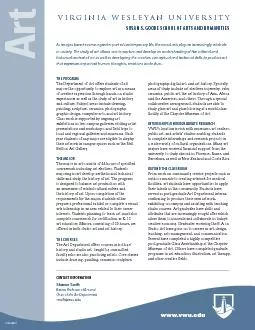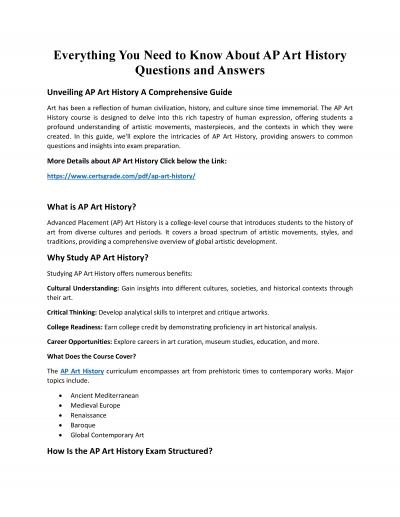PDF-THE ART OF THE OPEN
Author : isabella | Published Date : 2021-09-25
ENDED QUESTION1Why are openended questionsso importantThey require a person to pause think and reflectAnswers includepersonal feelings opinions or ideas about a
Presentation Embed Code
Download Presentation
Download Presentation The PPT/PDF document "THE ART OF THE OPEN" is the property of its rightful owner. Permission is granted to download and print the materials on this website for personal, non-commercial use only, and to display it on your personal computer provided you do not modify the materials and that you retain all copyright notices contained in the materials. By downloading content from our website, you accept the terms of this agreement.
THE ART OF THE OPEN: Transcript
Download Rules Of Document
"THE ART OF THE OPEN"The content belongs to its owner. You may download and print it for personal use, without modification, and keep all copyright notices. By downloading, you agree to these terms.
Related Documents

